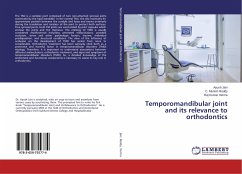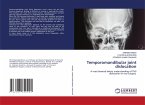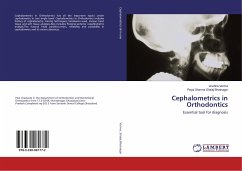The TMJ is a complex joint composed of two non-attached synovial joints connected by the rigid mandible. In the normal TMJ, the disc maintains its' approximate position between the condyle and fossa and moves anteriorly during the translation and rotation of the joint to protect both surfaces. True synovial joints, both TM joints are surrounded by joint capsules which enclose the joints and the meniscus. The etiology of TMD is usually considered multifactorial including untreated malocclusions, unstable occlusion, stress and other psychologic factors, trauma, individual predisposition, and structural conditions. The view of the influence of occlusion on the development of TMD has varied from none to considerable. Orthodontic treatment has been variously cited both as a protective and harmful factor in temporomandibular disorders (TMD) etiology. Therefore, it is important to understand associations between different malocclusions, orthodontic treatment, and signs and symptoms of temporomandibular disorders (TMD). So, a detailed knowledge of the anatomical and functional components is necessary to assess its key role in orthodontics.
Bitte wählen Sie Ihr Anliegen aus.
Rechnungen
Retourenschein anfordern
Bestellstatus
Storno








